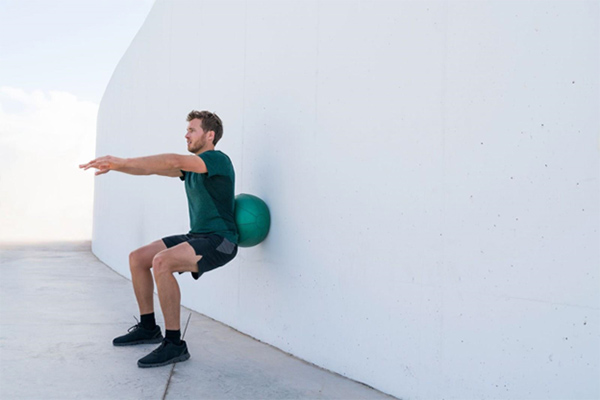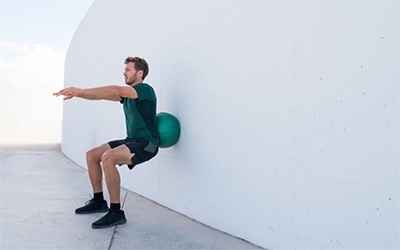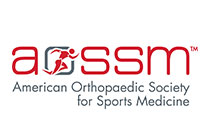
Hip arthroscopy can be life-changing—helping athletes and active adults get back to the movement, power, and comfort they rely on after treating labral tears, impingement, or other hip injuries. But surgery alone doesn’t ensure lasting performance. Real recovery depends on a focused rehabilitation plan—especially physical therapy. With October recognized as Physical Therapy Month, it’s the perfect time to spotlight how PT fuels long-term success both on and off the field.
Why Physical Therapy Matters After Hip Arthroscopy
After hip arthroscopy, the joint and surrounding tissues need guided care to heal and rebuild strength. Physical therapy reduces stiffness, restores range of motion, and protects the hip from reinjury. Without it, patients risk prolonged recovery or even setbacks. A structured therapy plan ensures that the repaired joint is supported by stronger muscles and better movement patterns.
Restoring Strength and Stability
Surgery repairs the hip’s structure, but physical therapy rebuilds function. Targeted exercises focus on core and hip stability, which are vital for walking, climbing stairs, or returning to sports. Therapists gradually progress these movements to safely increase strength, helping patients regain confidence in their daily activities.
Improving Mobility and Flexibility
Limited hip mobility can linger after surgery if not properly addressed. Physical therapy introduces joint mobilization techniques and controlled strengthening exercises that keep scar tissue from restricting movement and restoring joint stability. Over time, these practices improve flexibility and allow patients to return to an active lifestyle.
Preventing Future Problems
Physical therapy doesn’t just help patients recover—it helps safeguard the hip’s future health. By correcting movement imbalances, enhancing posture, and teaching proper body mechanics, therapy reduces the chance of reinjury or arthritis development later in life. This proactive approach supports long-term joint preservation.
Personalized Recovery Plans
Every athlete’s recovery after hip arthroscopy is different. A skilled physical therapist works hand-in-hand with your orthopedic surgeon to create a personalized plan based on your sport, training demands, and surgical findings. This teamwork keeps you progressing safely—one milestone at a time.
For athletes and active adults, physical therapy isn’t just rehab—it’s the key to getting back stronger, faster, and more confident in your movement. Whether you’re returning to the field, the gym, or the starting line, PT is the game-changer that defines your comeback.
AUTHOR: Srino Bharam, MD, MBA, is a board-certified, fellowship-trained sports medicine orthopedic surgeon and professor of orthopedic surgery specializing in the treatment of athletic injuries of the hip and groin. Dr. Bharam has over 20 years of experience in treating injuries and conditions of the hip to restore athletes and patients to an active lifestyle.












